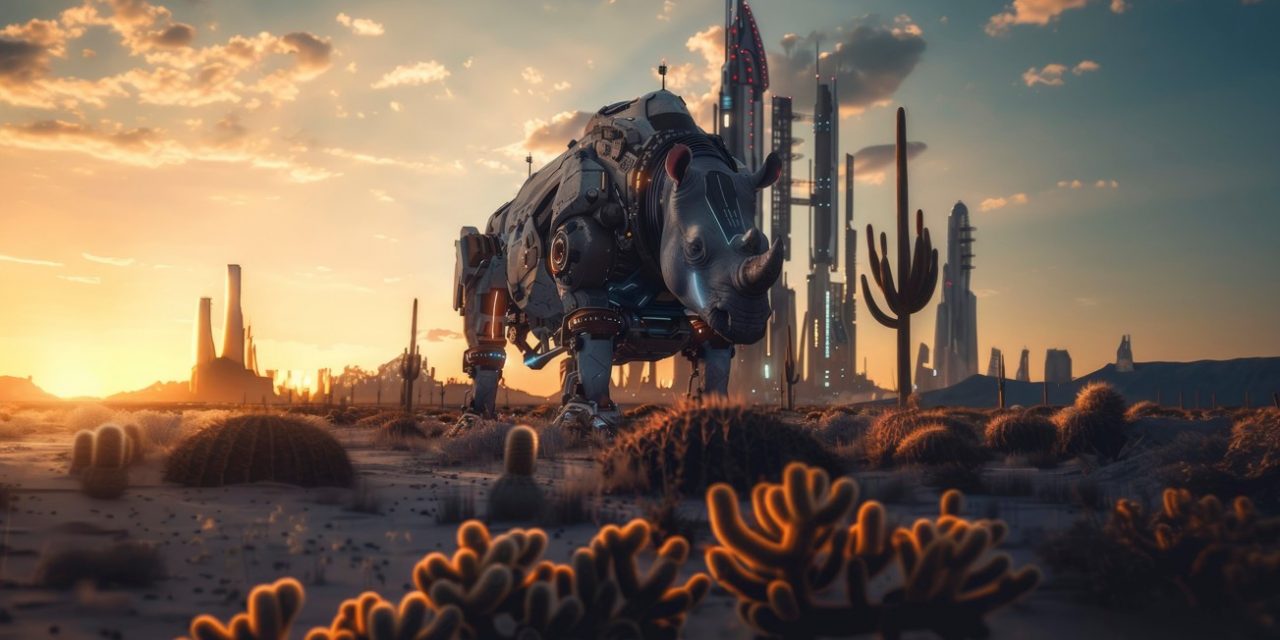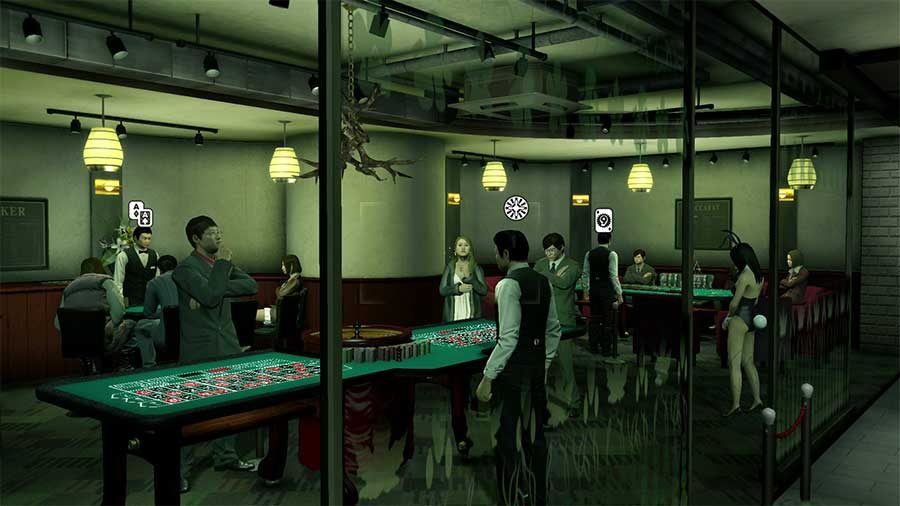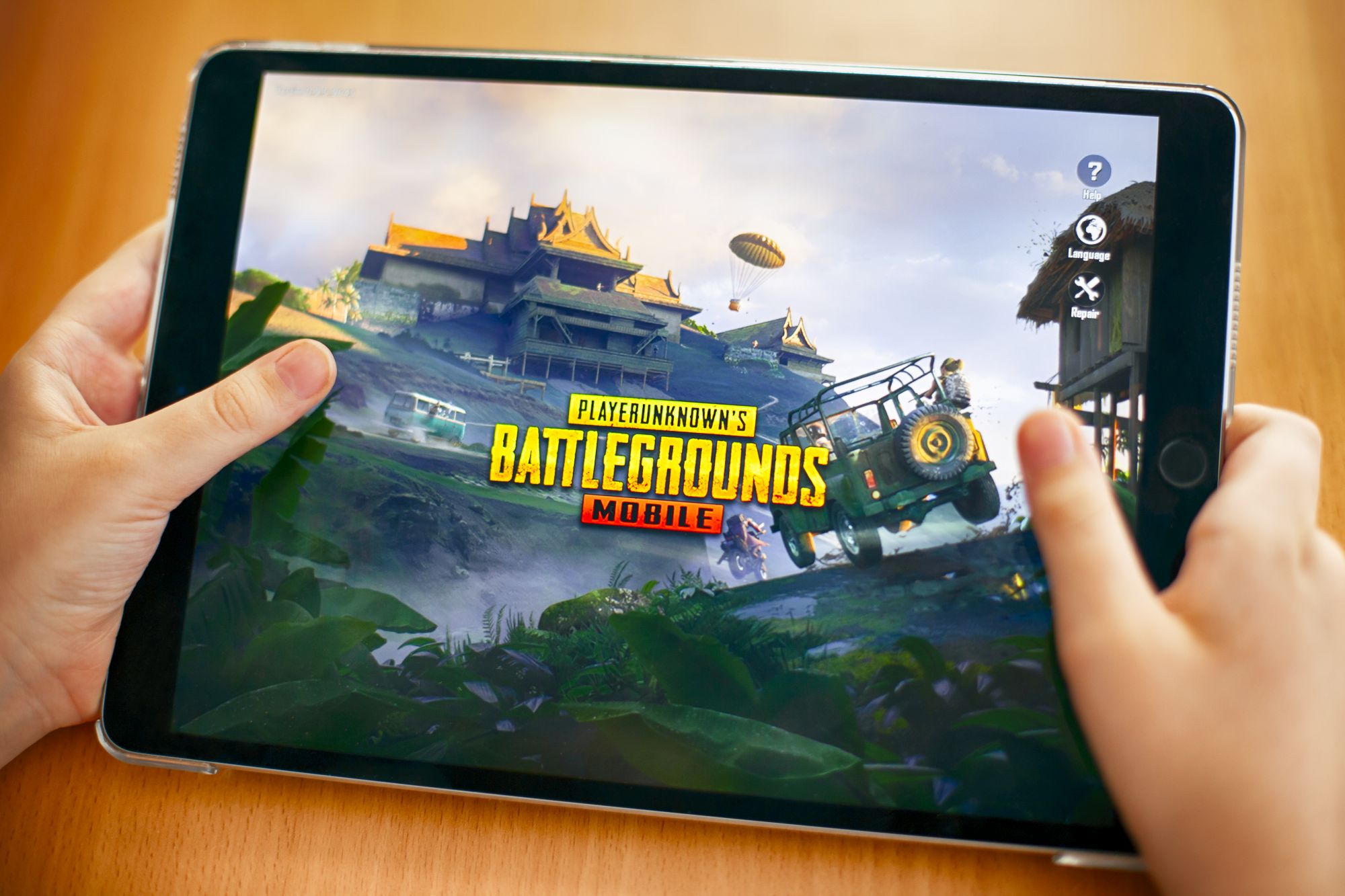Your favorite game didn’t just appear out of nowhere. Behind that polished interface sits a massive network of people doing different jobs to bring virtual worlds to life. Gaming moved way past simple developer-player relationships and became a web of sectors working together.
This shift shows up clearly in newer models that blur old boundaries. Play to earn crypto games demonstrate this perfectly, where blockchain tech creates economies spanning development studios, crypto platforms, and player communities. These games prove modern gaming requires coordination between traditional game makers and new tech sectors. They build experiences where virtual wins turn into real money. This shows how gaming now demands cooperation across industries that used to stay separate.
Studios Build the Foundation
Game studios form the creative base of everything else. These teams mix artistic vision with technical skills and build the core experiences that grab millions worldwide. Small indie studios focus on weird mechanics and unique stories, while bigger houses tackle massive AAA projects pushing technology forward.
Development got more collaborative, with remote teams across countries working on single projects. This global approach brings different perspectives but creates headaches in project management and quality control.
Studios face pressure to adapt for live service games, which need constant content updates and community interaction after launch. This completely changed how developers think about game design. They moved from complete experiences to platforms that grow over time.
Publishers and Streamers Control What Reaches Players
Publishers basically act as middlemen who turn game ideas into actual money. Sure, they fund projects, but that’s just the start. They’ve got marketing teams, distribution networks, and deals with console makers that most developers can only dream about. Without publishers, even amazing indie games get buried under thousands of other releases.
The big publishing houses have serious pull. They can get your game featured on PlayStation’s homepage, secure shelf space at retail stores, and run ad campaigns across multiple countries. Independent developers might build incredible games, but getting those games noticed by millions of players i’s where publishers earn their cut.
Streamers and content creators became just as powerful at deciding which games succeed or fail. Their genuine reactions and gameplay videos matter more to potential players than traditional advertising does. Revenue from brand partnerships, subscriber donations, and promotional deals turned streaming into real work. Content creators get early access to games, work with development teams during testing, and shape public opinion about upcoming releases.
Tournaments Turn Gaming into Business
Esports went from basement setups to packed stadiums with millions watching online. These events now pull bigger crowds than most traditional sports do. The whole thing requires months of prep work, venue bookings, camera crews, and figuring out who gets paid what.
Professional teams started operating just like real sports franchises. They’ve got coaches, analysts who break down gameplay footage, and actual training facilities where players practice for hours every day. The money flowing into competitive gaming is insane. Companies throw cash at sponsorship deals, betting sites want in on the action, and TV networks compete for broadcasting rights.
What used to be a hobby for basement dwellers turned into a legitimate billion-dollar industry. Players who were considered weird for gaming all day now make more money than most professional athletes.
Tech Innovation Reshapes Gaming
Silicon innovation decides what becomes possible in virtual worlds. Each new generation of processors and graphics chips unlocks visual quality that seemed impossible years before. Cloud gaming means you don’t need a $3000 gaming rig anymore. As long as you’ve got solid internet, you can play high-end games on pretty much any device. VR and AR sound cool in theory, but they’re still expensive, uncomfortable to wear for long periods, and there just aren’t enough good games for them yet.
Meanwhile, crypto changed how players think about owning stuff in games. Before, everything you earned or bought stayed locked inside that specific game. Now players can actually own their digital weapons, characters, or whatever else and sell them to other players. Some people make real money playing these games every day, though the whole crypto market is pretty volatile and regulations are still messy.
These blockchain platforms also let players vote on what happens next in their favorite games. Instead of companies making all the decisions, players get a say in updates and new features.
Everything Works Together
The modern gaming industry succeeds through complex collaboration between all these sectors. Pick any big hit and you’ll find a whole chain of companies that made it happen. Someone had the original idea, someone else paid for it, streamers hyped it up, tournament people made it into esports, hardware folks made sure it actually worked, and crypto companies found ways to monetize it even more.
This connected nature means problems in one area affect the whole ecosystem. When new tech emerges or market preferences shift, all participants must adapt together. The industry stays strong because of this diversity. There are multiple paths to success and innovation happening simultaneously across different sectors.
The Web That Powers Gaming
Gaming evolved into a complex ecosystem where success requires understanding and coordination across multiple industries. No single company controls this network. Instead, it thrives through dynamic relationships between creators, distributors, personalities, competitors, innovators, and emerging tech.
This collaborative foundation positions gaming for continued growth and innovation. Gaming trends shift constantly, but the underlying network adapts and grows stronger. Weird experimental stuff that starts in tiny studios somehow ends up in mainstream games years later. The best games come from teams that understand how all these different pieces work together, not from companies trying to do everything themselves.













